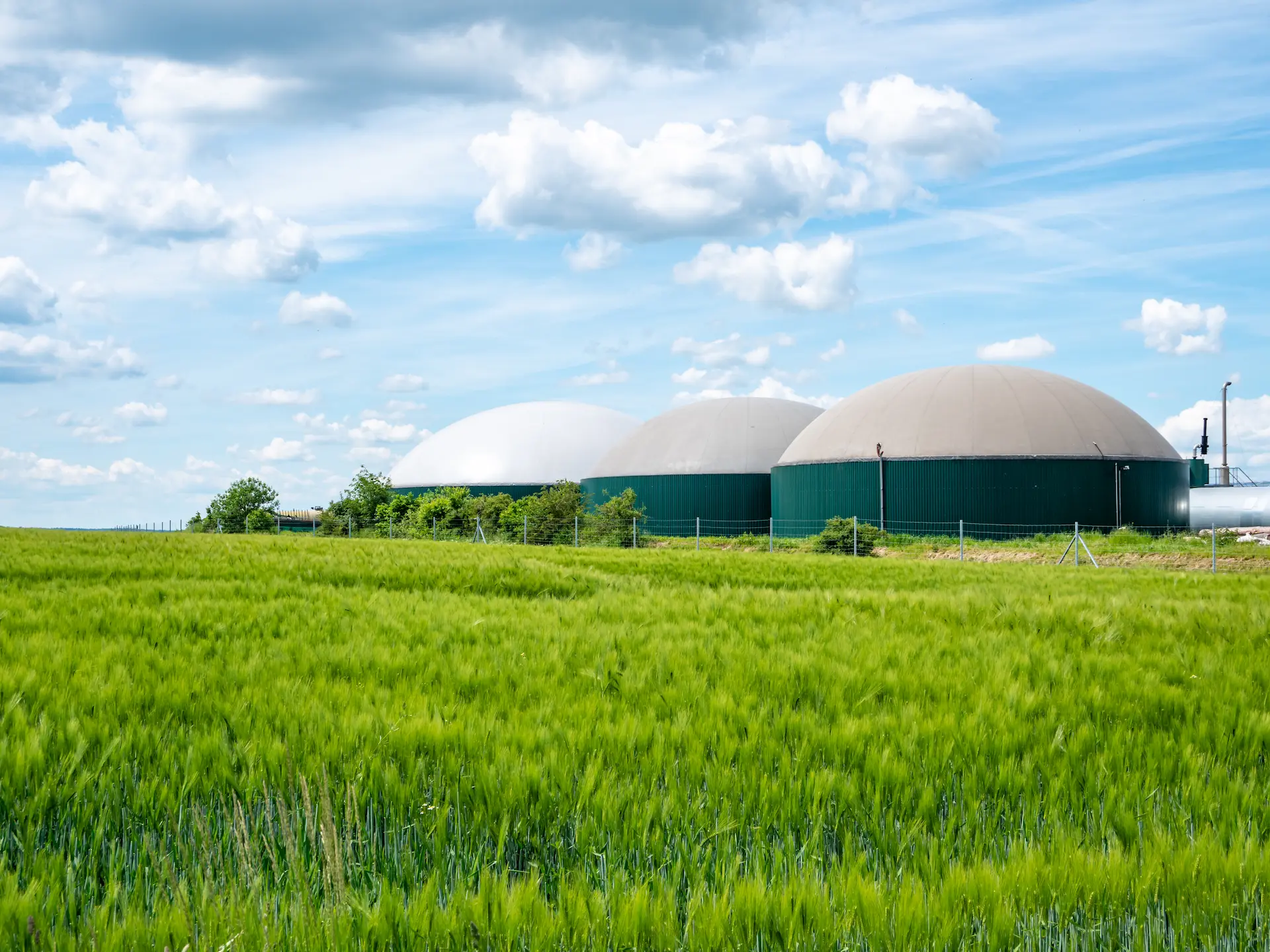In recent years, there has been a collective push towards the advancement of sustainable aviation fuels (SAF).
It is no secret that the aviation industry is a huge contributor to global warming and increased carbon dioxide emissions. According to the International Council on Clean Transportation, carbon dioxide emissions from commercial flights are due to triple in the next thirty years.
Sustainable alternatives to traditional jet fuel that outputs harmful emissions are therefore fundamental in reducing the damage caused by flying, with the preferred alternative currently being sustainable aviation fuel.
Sustainable aviation fuel (SAF) can be combined with standard jet fuel to power an aircraft. The principal raw materials used during SAF production are:
These materials are developed through microbial fermentation and combined with kerosene. At this stage, all SAFs need to be combined with kerosene to be viable for aviation use.
Studies dedicated to investigating the use of SAF when combined with fossil-based jet fuel clearly show that the use of SAF in commercial aviation reduces CO2 emissions by as much as 80%.
There has been a spike in government initiatives promising hefty fiduciary rewards to organisations demonstrating a commitment to making the aviation industry greener.
One notable example of this is French President Emmanual Macron promising 200 million euros to help fund a SAF production plant in Lacq, southwestern France.
Additionally, the European Union and the United Kingdom have reached a preliminary agreement to begin requiring all flights to incorporate SAFs in their fuel mix, increasing from 2% in 2025 to 70% in 2050. This initiative is referred to as ReFuelEU.
The aviation sector has set a goal of 2050 to reach net zero emissions in line with the Paris Agreement and is set to grow rapidly. Currently, fewer than 0.1% of airline fuel consumption is SAF, but this is due to change speedily in the coming years.
One of the most notable visible examples of rapid development in the SAF field is the Virgin Atlantic flight that took off from London Heathrow to New York, fueled by 50 tonnes of 100% SAF, predominantly made up of cooking oil and plant-based products.
Not ones to be left in VA’s shadow, Alaska Airlines, KLM, SAS, United, and Delta are also making strides in using SAF going forward.
KLM and Alaska Airlines have increase their SAF use on their commercial flights due to partnerships with Neste, one of the leading oil producers and refineries worldwide.
SAS allows their customers the option to pay an extra fee for biofuel to allow them the option to reduce their carbon footprint.
United and Delta have begun purchasing millions of gallons of biofuel to use on their flights.
United have invested 40 million dollars in accelerating biofuel production. Delta have committed to purchasing 10 million gallons of biofuel annually.
The most widely used SAFs are composed of used vegetable oil and deoxygenated and hydrogenated animal fat.
The trouble with this type of SAF is that there needs to be more used vegetable oil or animal fat to supply the growing need for SAFs.
The limited number of raw materials that are suitable for SAF production can lead to farmers diverting crops which would formerly be growing food for human consumption into growing crops specifically for biofuel use. The main criticism with this is that if crops are being taken up to be turned into biofuel, how sustainable is the sustainable aviation fuel it creates?
Many questions remain surrounding the future of sustainable aviation fuel, and one of the most pressing uncertainties is ensuring a constant stream of organic material to be used as feedstock.
The overarching question for SAFs is whether they can be produced at a low cost and on a large scale.

Director of Bioenergy at U.S. Department of Energy
However, the aforementioned Virgin Atlantic flight demonstrates how we can decarbonise transport and what the future of renewable solutions can look like.
The true factors that need to change in order for the future of SAF to be feasible, both financially and widely available for commercial use, will be increased investment in SAF plants and start-ups as well as generous government incentives that will counter the increased cost of SAF use versus traditional fossil-fuel based aviation fuel.
Currently, five commercial plants dedicated to SAF production are under construction and are expected to be operational by 2025. Current targets outline that 1.2 million tonnes of SAF will be required in 2030 to meet the government ambitions of the Jet Zero Strategy of achieving net zero aviation by 2050.
Meeting this goal will require additional facilities and more support to scale up SAF capacity. There is certainly an exciting road ahead for the future of sustainable aviation fuel; however there will need to be a lot of growth in a short space of time to fulfil the potential of what the industry could look like.

If you are interested in our services and would like to get touch, please contact us at:
The Fisheries
1 Mentmore Terrace
London
E8 3PN